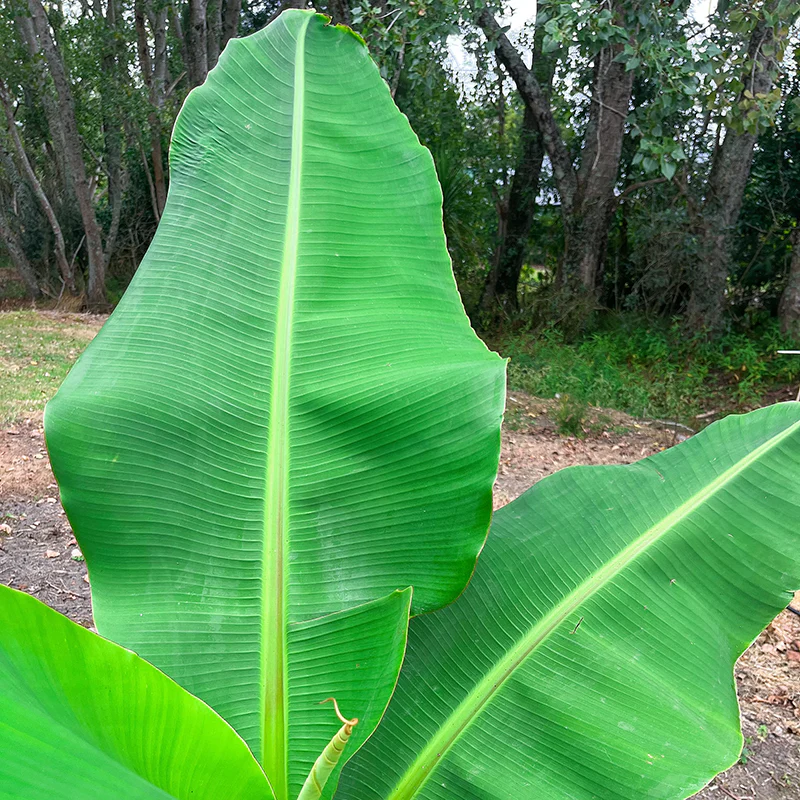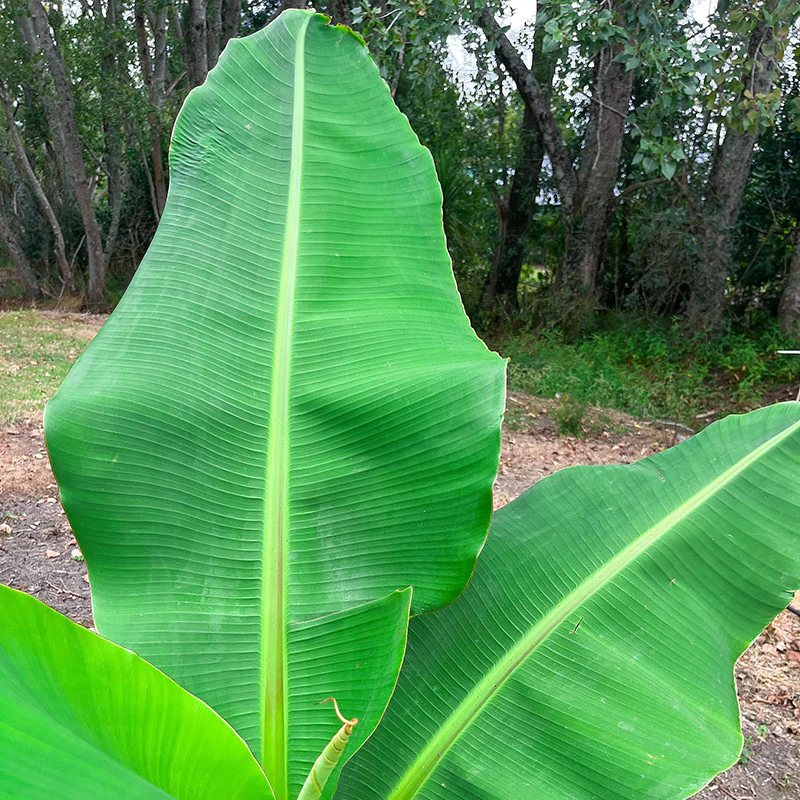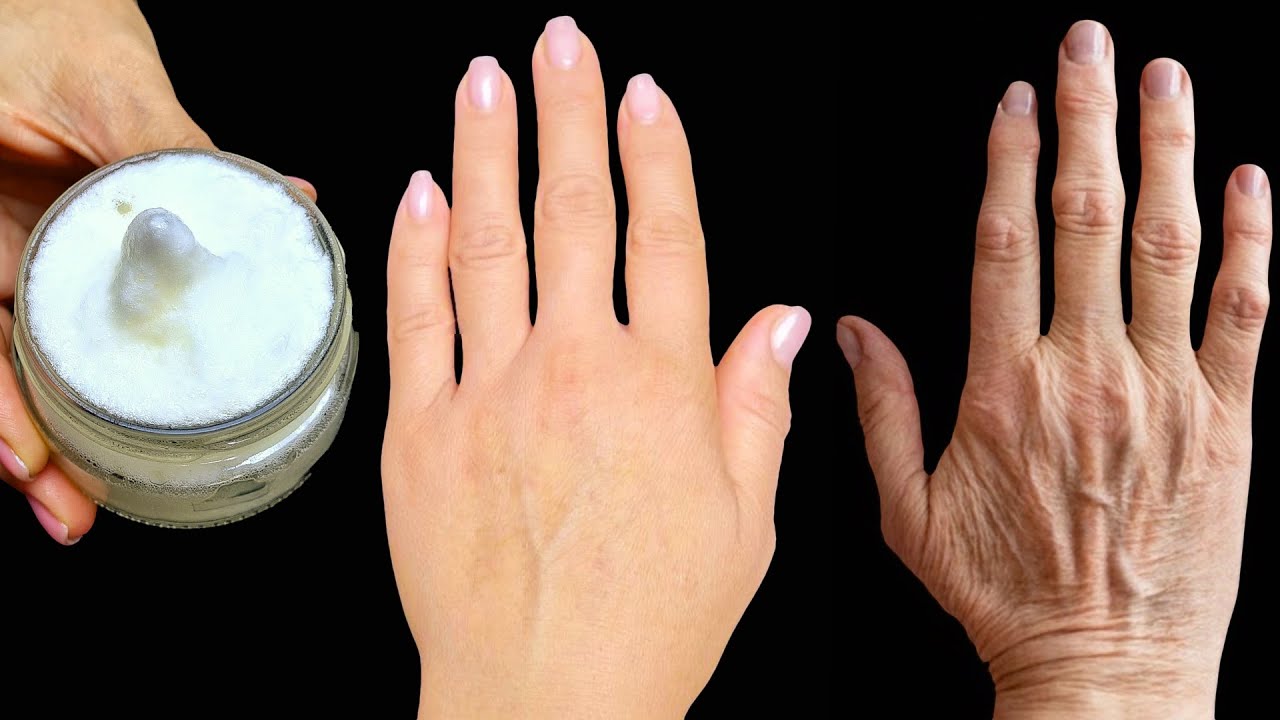
Banana leaves, the large, flexible, and waterproof foliage of the banana plant, are more than just an exotic cooking accessory. Widely used in tropical and subtropical regions, these leaves are an integral part of culinary traditions across Asia, Africa, and South America. Beyond their utility in the kitchen, banana leaves also offer several health benefits that can contribute positively to your lifestyle.
Health Benefits of Banana Leaves
- Antioxidant Properties: Banana leaves are rich in polyphenols, a type of antioxidant found in many plant-based foods. These antioxidants help combat free radicals in the body, which are linked to many chronic diseases including cancer and heart disease.
- Antibacterial Effects: The leaves have inherent antibacterial properties that can kill off harmful bacteria. In traditional practices, food served on banana leaves gains this antibacterial benefit, making it safer to eat.
- Eco-Friendly and Hygienic: Using banana leaves as plates is not only environmentally friendly but also hygienic. The waxy coating on the leaves repels dirt and bacteria, and since they are used only once before being discarded or composted, there is less risk of contamination.
- Chemical-Free Packaging: Unlike plastic or other synthetic materials, banana leaves are a natural food wrapper. They don’t leach any harmful chemicals into the food and can withstand high temperatures without melting or tearing.
- Mental Health Benefits: The practice of eating on banana leaves is often considered therapeutic. The pleasing aesthetics of a natural plate, combined with the traditional significance and the act of eating with hands, can enhance the eating experience, promoting satisfaction and psychological well-being.
Culinary Uses of Banana Leaves
- Steaming, Grilling, and Baking: Banana leaves can be used as a wrapping material for steaming, grilling, or baking. The leaves impart a subtle, grassy aroma to the food and prevent sticking, keeping the moisture intact within the food.
- Serving Platters: In many cultures, banana leaves are used as disposable platters for serving food. This not only adds beauty to the presentation but also gives a slight flavor enhancement to the dish.
How to Use Banana Leaves
- Preparation: Before using banana leaves, they should be rinsed with water and wiped down. It’s also common to briefly pass them over an open flame to make them more pliable and to release their natural aromas.
- Cooking: Wrap fish, meat, rice, or vegetables in banana leaves and then cook them as desired. The leaves can be secured with a string or toothpick to keep the package intact during cooking.
- Serving: Use whole or cut pieces as a liner on serving plates or trays for an elegant touch to your dining presentation.
Environmental Impact
Using banana leaves as an alternative to plastic or other disposable materials can significantly reduce waste and pollution. They are 100% biodegradable and sustainable, providing a practical and eco-friendly solution for reducing your carbon footprint.
Conclusion
Banana leaves are more than just an exotic relic of tropical culinary traditions; they offer a variety of health and environmental benefits that can make a significant positive impact on our lives. By incorporating the use of banana leaves in cooking and serving, you can enjoy these benefits while also partaking in a rich cultural practice that enhances the overall dining experience.





